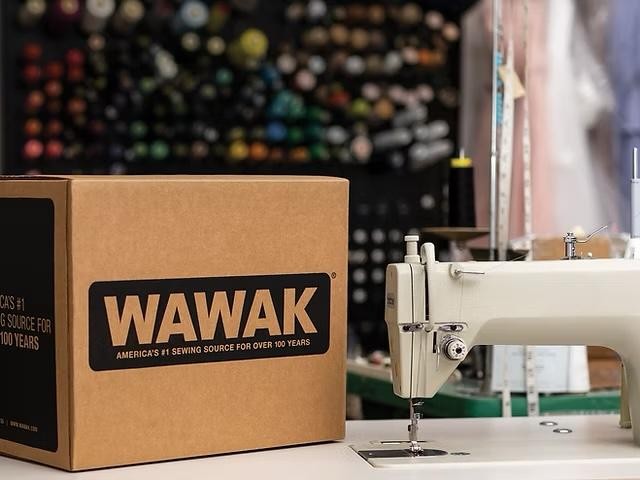Nasal hump correction surgery, also known as rhinoplasty or a “nose job,” is a commonly sought-after cosmetic procedure aimed at reshaping the nose for aesthetic purposes or to enhance breathing functionality.
If you’re considering this surgery, here are six critical things you need to know before making your decision.
Know Your Why
Understanding your reasons for wanting nasal hump correction is vital. Some seek this surgery for purely cosmetic reasons. Some want to achieve a more harmonious facial profile. Others require structural corrections for improved airflow and breathing.
Set clear goals and realistic expectations about the outcome. This can impact your satisfaction with the surgery.
Choose the Right Surgeon
Your choice of the surgeon is paramount. This is a delicate procedure that requires a surgeon with a nuanced understanding of:
- facial anatomy
- significant experience in rhinoplasty
- record of positive outcomes
Look for board-certified plastic surgeons or facial plastic surgeons who specialize in nose surgeries and review their before-and-after photos of previous patients. Make sure to only work with the best Rhinoplasty Provider, as the results will have a significant impact on your quality of life.
Understand the Procedure
Nasal hump correction involves reshaping the bone and cartilage of the nose. Techniques can vary from removing bone or cartilage to adding tissue to smooth out the hump. There are two primary types of rhinoplasty. It is open and closed.
Open rhinoplasty includes an external incision between the nostrils. Closed rhinoplasty involves incisions within the nostrils. Your surgeon will discuss the best approach for your case.
Expectations for Recovery
Recovery from nasal hump correction surgery is not immediate. Initially, swelling and bruising around the eyes and nose are common. Most patients return to work or school after 1-2 weeks, but full healing can take up to a year.
Your surgeon will provide specific post-operative instructions to ensure a smooth recovery process.
Be Aware of Potential Risks
Like any surgery, rhinoplasty comes with potential risks and complications. This includes:
- infection
- bleeding
- adverse reactions to anesthesia
There might also be a need for revision surgery if the results are not as expected or if there are structural issues after healing. Discuss these risks thoroughly with your surgeon.
The Cost Factor
The cost of nasal hump correction surgery can vary widely based on geographic location, surgeon expertise, and specific needs of the procedure. It’s important to note that because it’s often considered a cosmetic procedure, it may not be covered by insurance unless it’s deemed medically necessary.
Ensure you have a clear understanding of the costs. This includes:
- the surgeon’s fee
- anesthesia
- facility charges
- any additional post-operative items you may need
Learn Everything You Need To Know about Nasal Hump Correction Surgery Today
Nasal hump correction surgery has the power to transform not just your profile. It can also improve your self-confidence. By remaining well-informed and carefully considering the points above, you’ll be better prepared to decide.
This is about proceeding with one of the most transformative cosmetic surgeries available. Remember to have an open and honest discussion with your chosen surgeon. So, what are you waiting for? Be on your way to achieving the results you desire today!
Did you find this article helpful? Check out the rest of our blogs!
Copyright © 2024 California Business Journal. All Rights Reserved.
Related Posts




